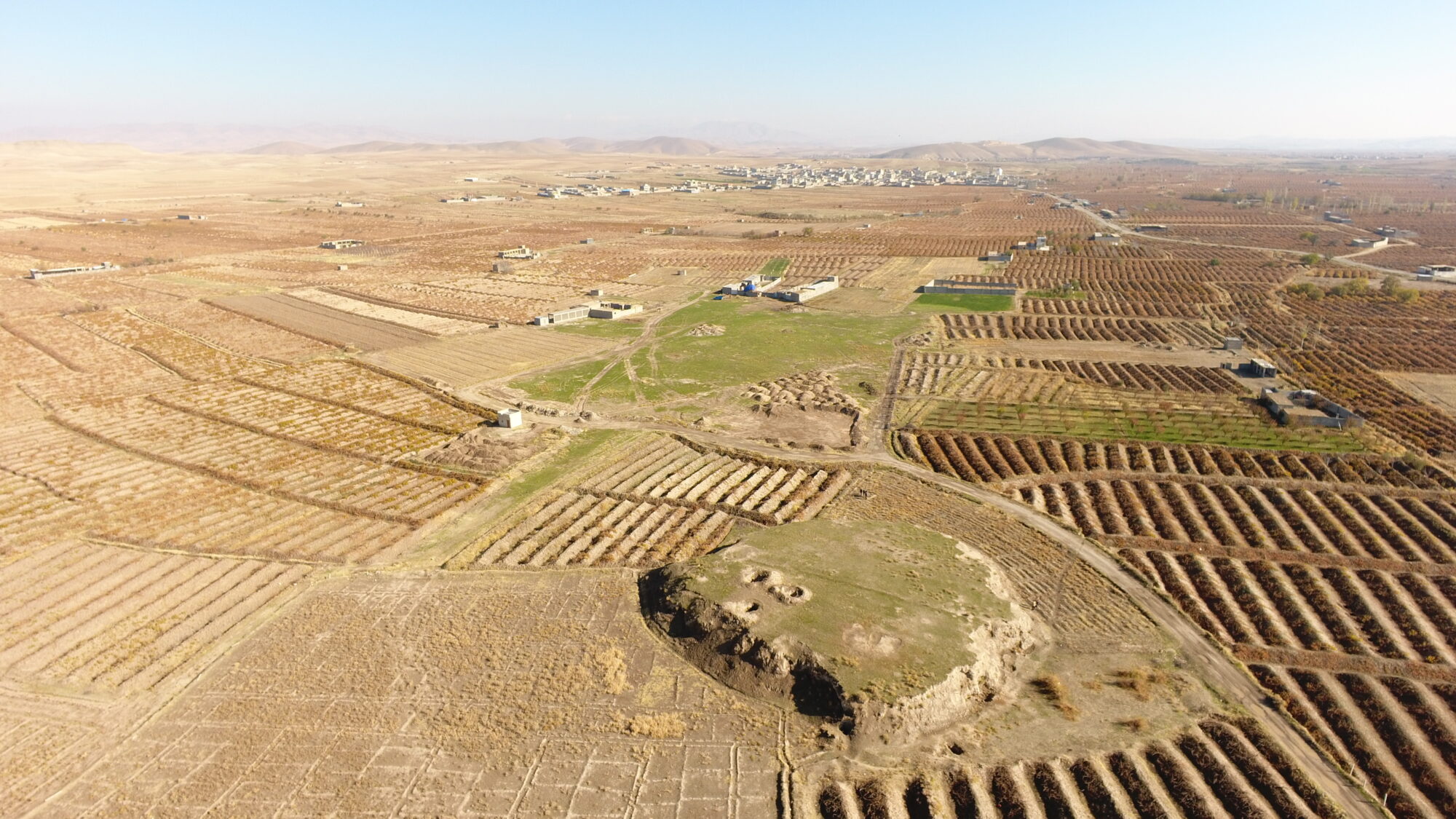.
Neolithic Dynamics across Lake Urmia: Segregation, integration and mobilities in NW-Iran
Our knowledge about the development of sedentary communities and Neolithic lifestyle in Iran, with earliest evidence in the Central Zagros during the 10-8th mill. BC, and succeeding spread towards the Iranian Plateau, is characterized by the prominent data gap for the latter region where a fully established “neolithic package” seem to occur around 6200/6000 mill. BC. Especially in NW-Iran and the Lake Urmia region, the then established neolithic communities shows a peculiar diversity in materiality, socio-economical and mobility patterns that can be understood as a result of different strategies of segregation and resilience, cooperation and networking. Possible factors and motors will be examined by this project, in particular from a “Lake Urmia view” as a transfer area between the Northern Iranian Plateau, Zagros, South-Caucasus and Northern Mesopotamia. Another task is to determine how Neolithic lifestyle in NW-Iran derived of and in which direction it developed. Recent undertakings in the Lake Urmia area (initiated by the applicant) date back the Neolithic occupation into the second half of 7th millennium BC that consequently determine a Pre-Hajji Firuz neolithic horizon. Another target is to describe early networks of resource exploitation and migrative pathways between NW-Iran and adjacent regions, for which archaeological evidences considerably increased during the last decade. Apart from possible relations with Hassuna-Samarra in the West and Zagros groups in the South, one can highlight the increasing evidence of interconnectivity with the S-Caucasus. This new input opened a completely new dimension for the interpretation of the prehistoric networks in NW-Iran. Similar, possible interaction with the Northern Central plateau will be investigated, especially in regard of adoptions and parallels in cultural technologies (potteries, lithics, subsistence strategies). Required data mining and sampling will be conducted at selected sites and will give a comprehensive basis for a new-interpretation of dynamics and interactions of neolithic groups in the region under study.
Contact: Judith Thomalsky (DAI – Tehran Branch)
DFG project number 516312167

